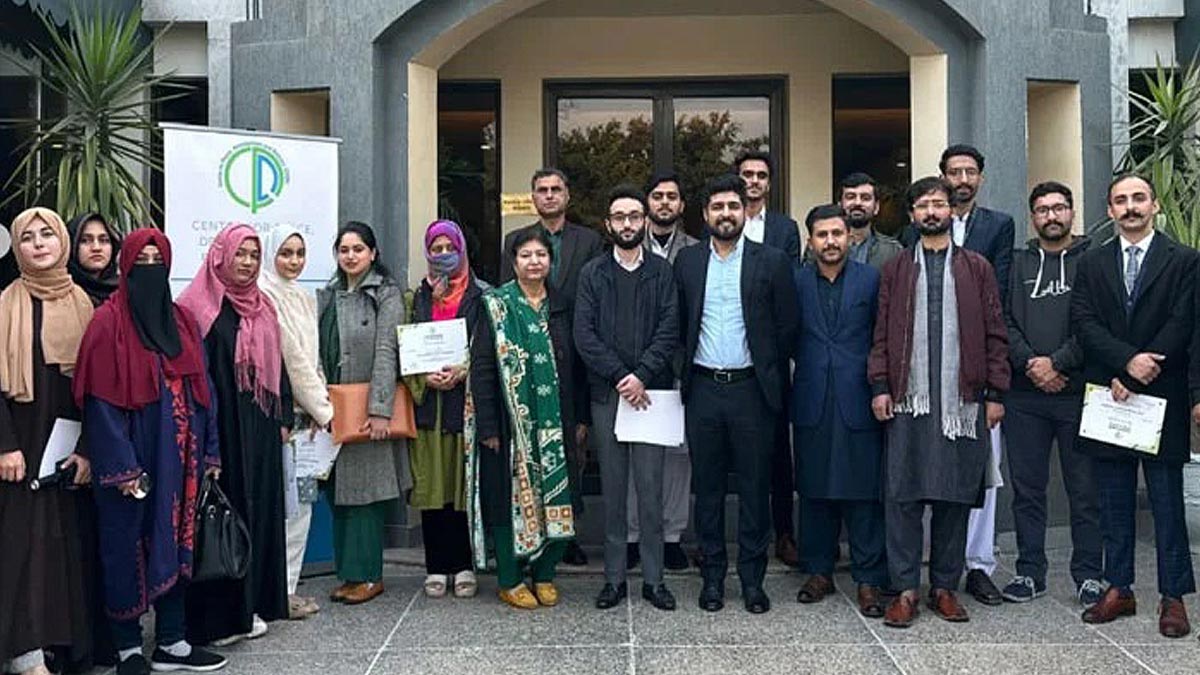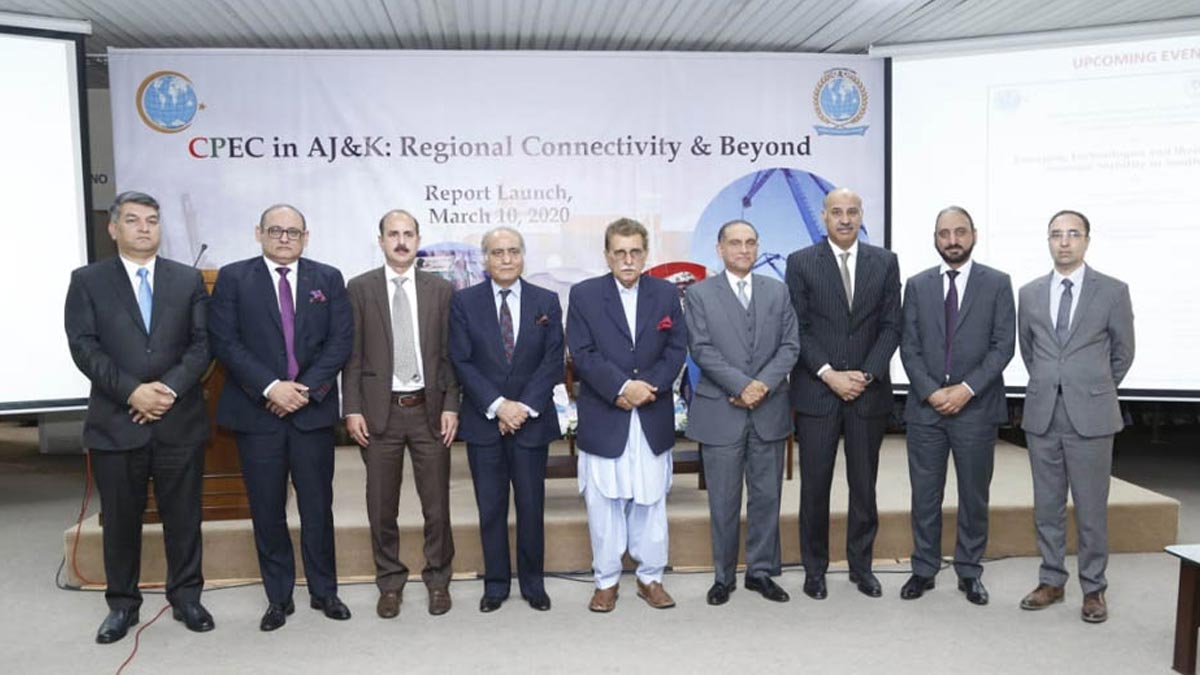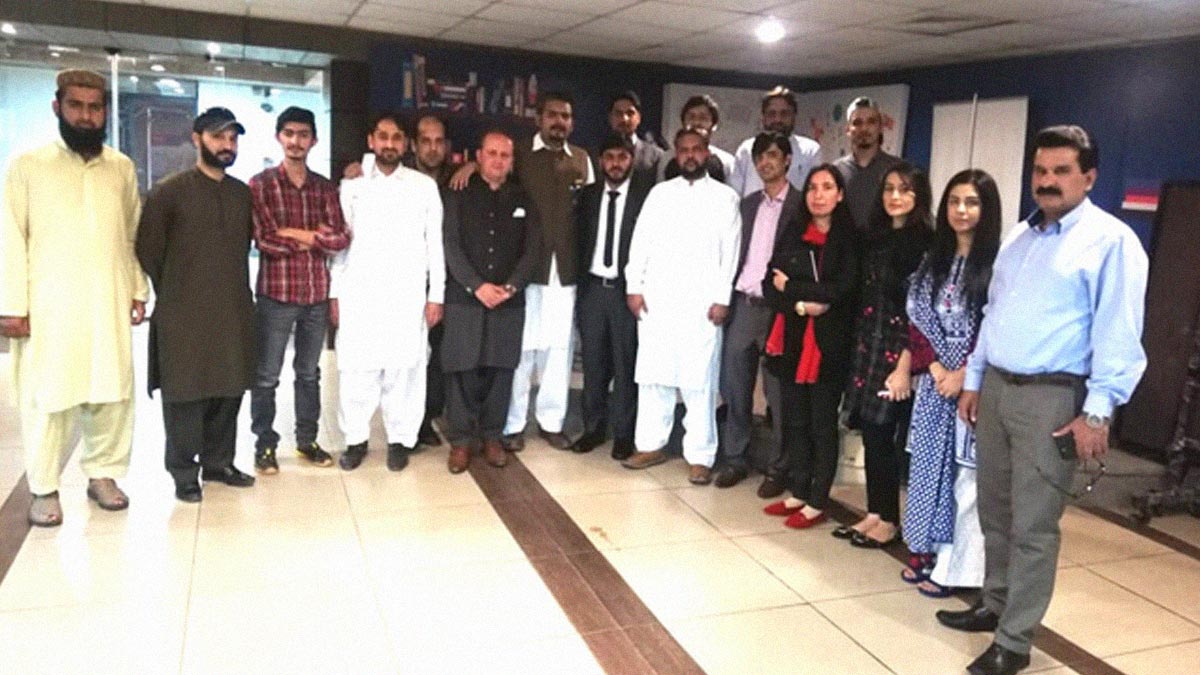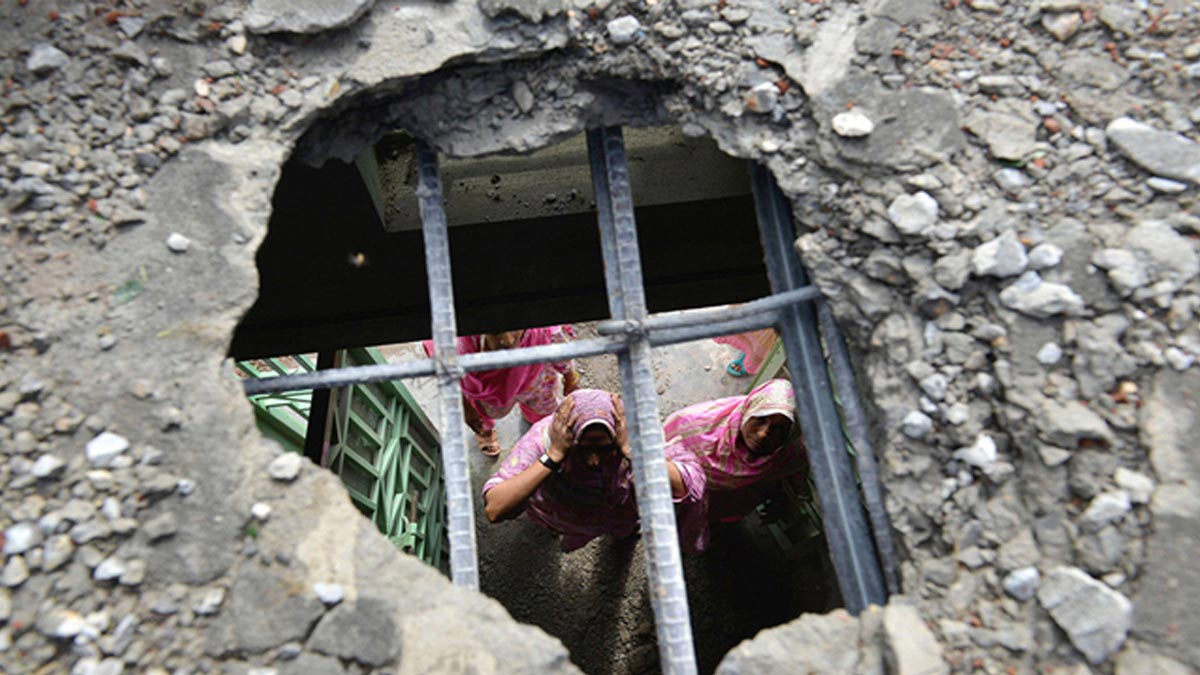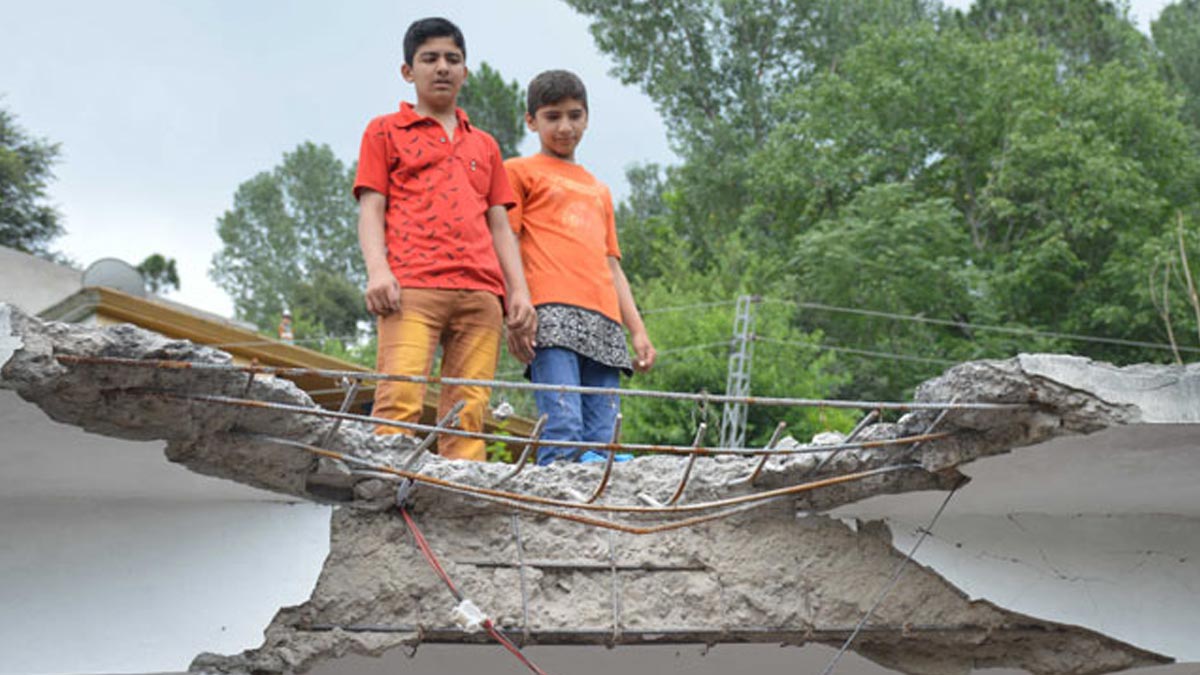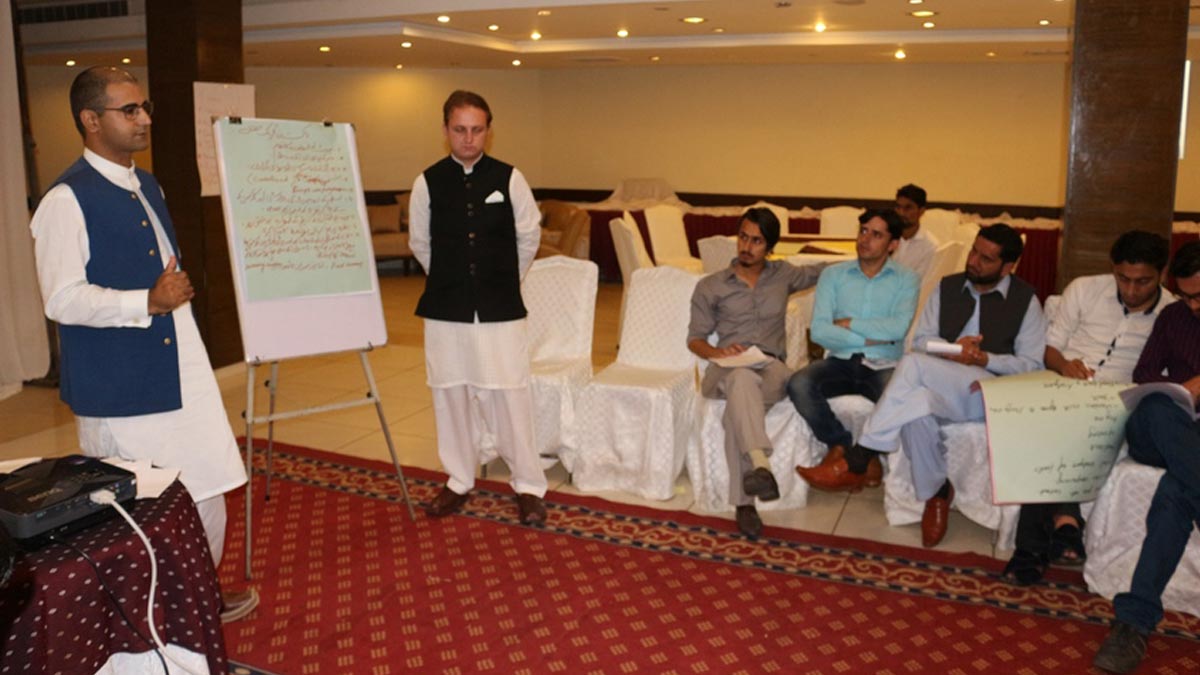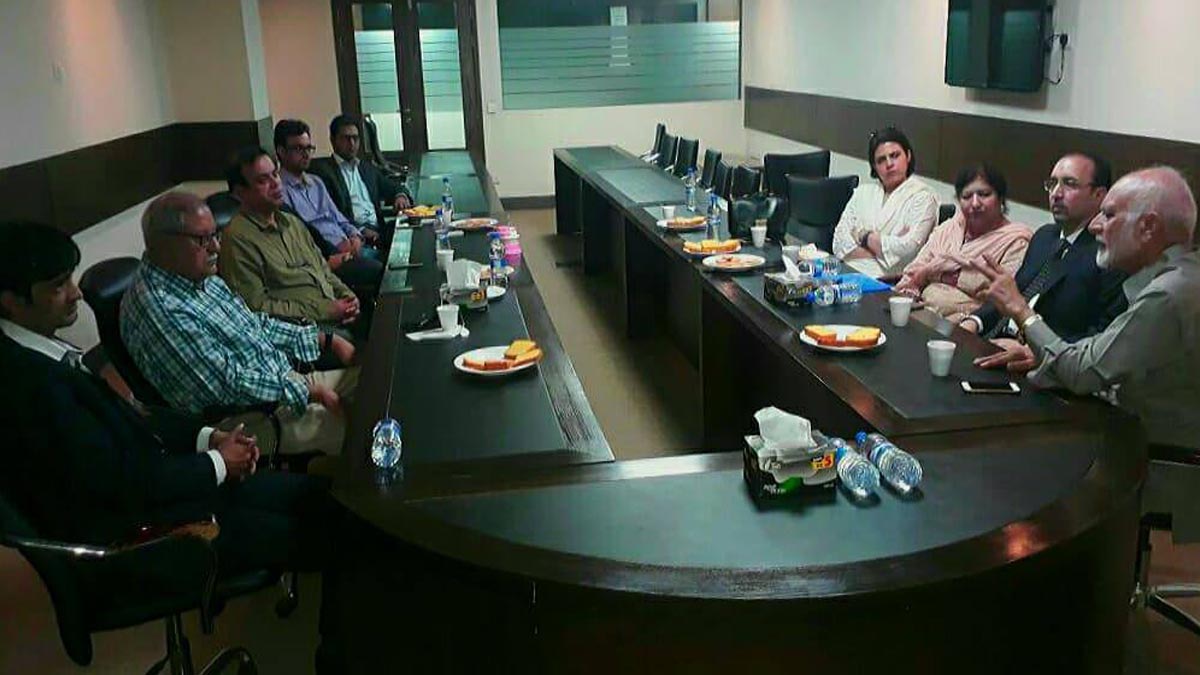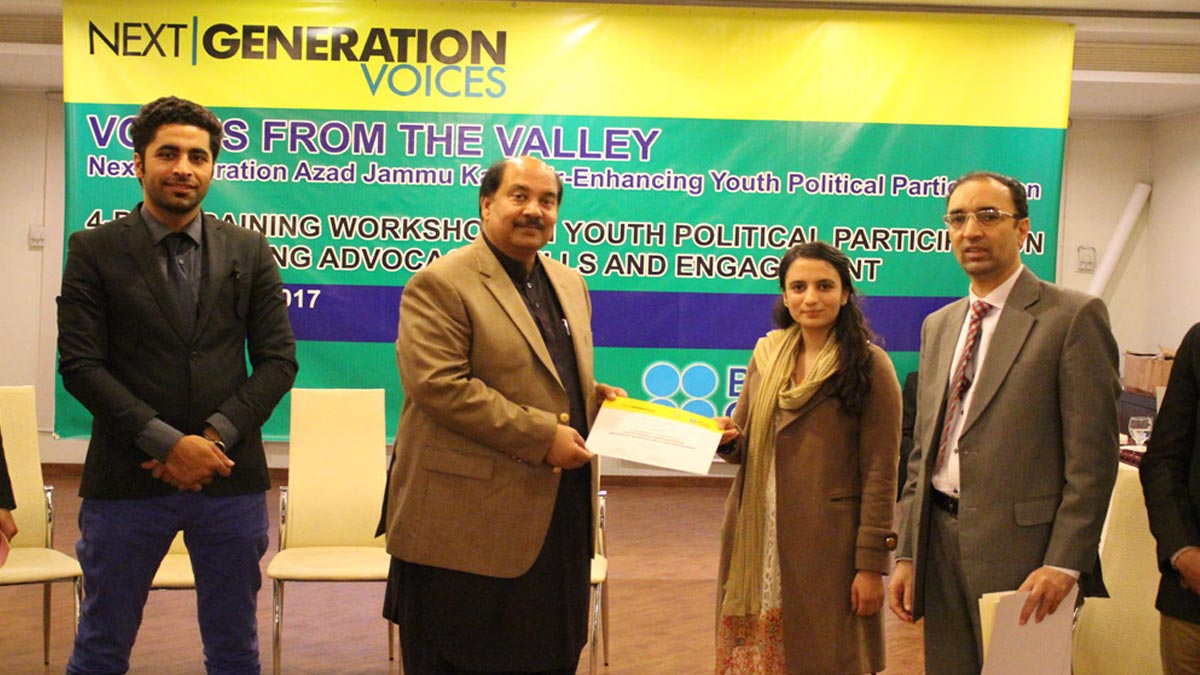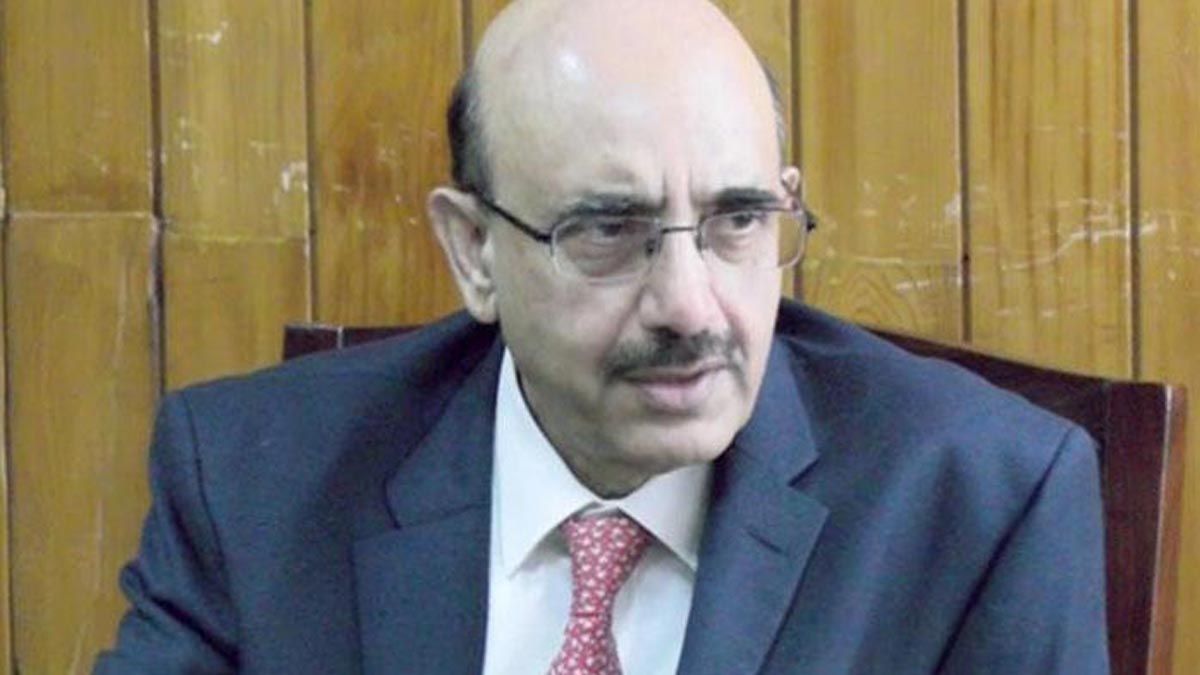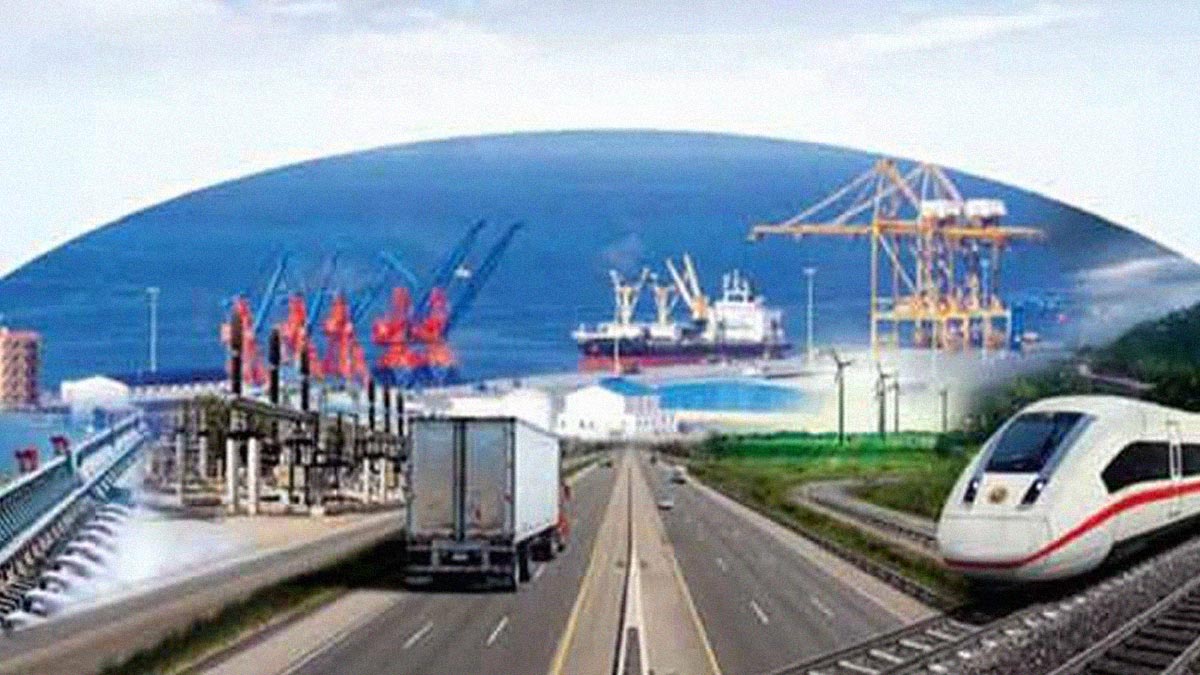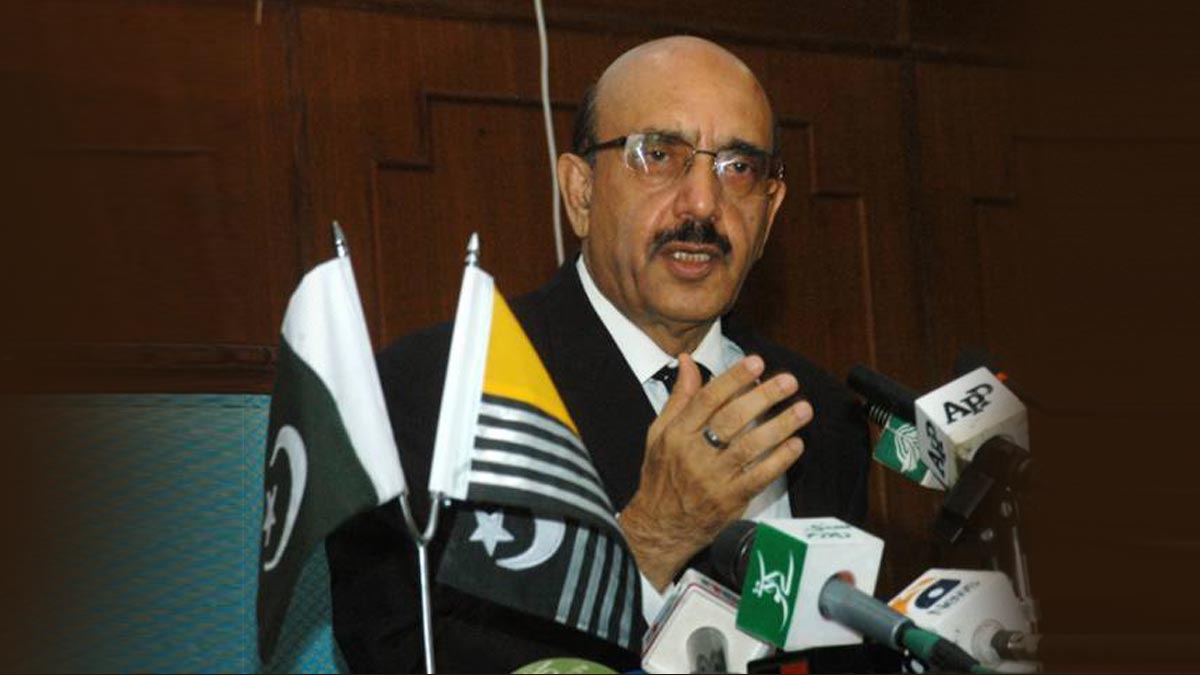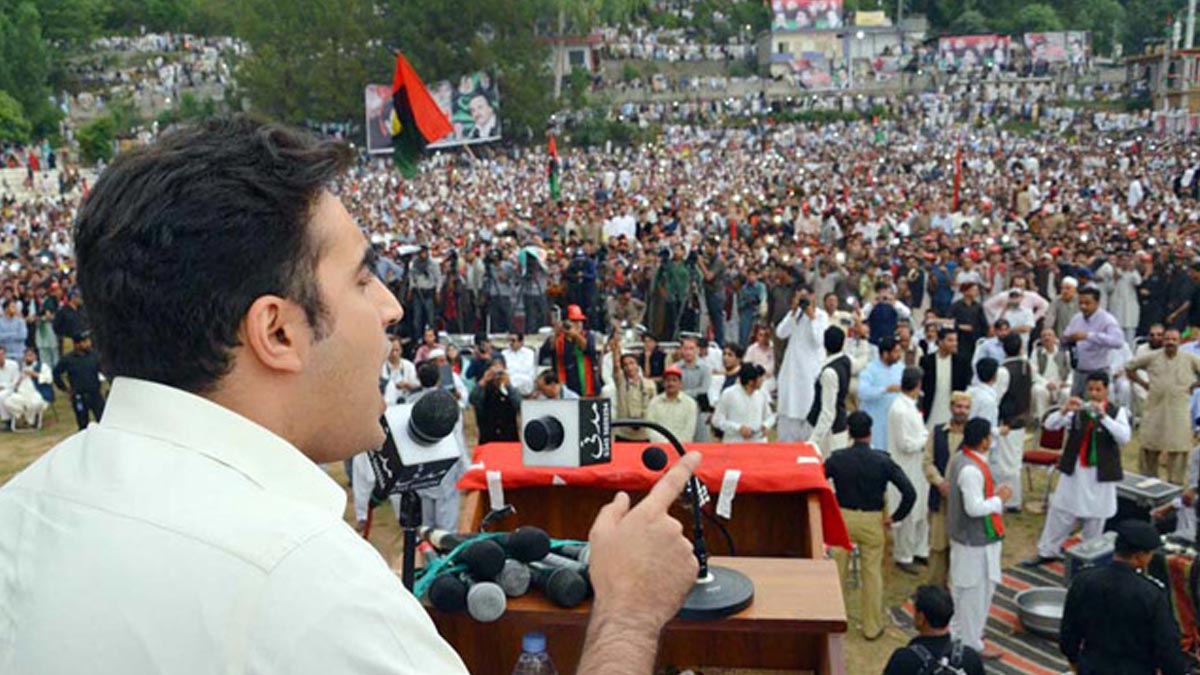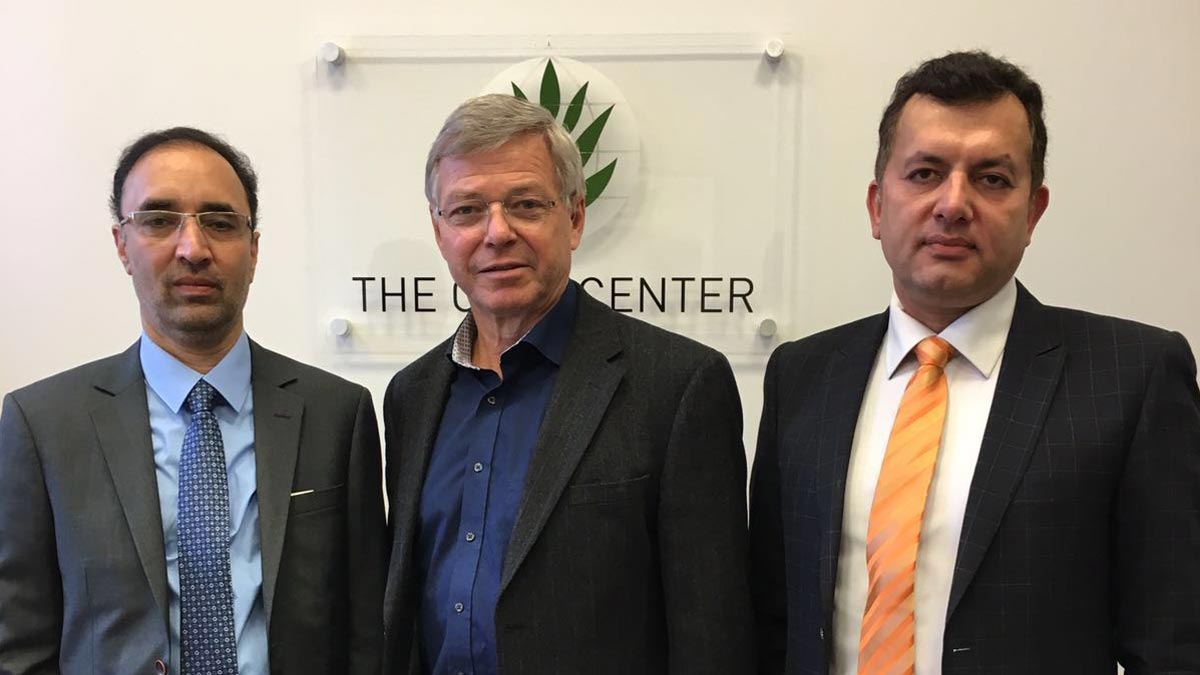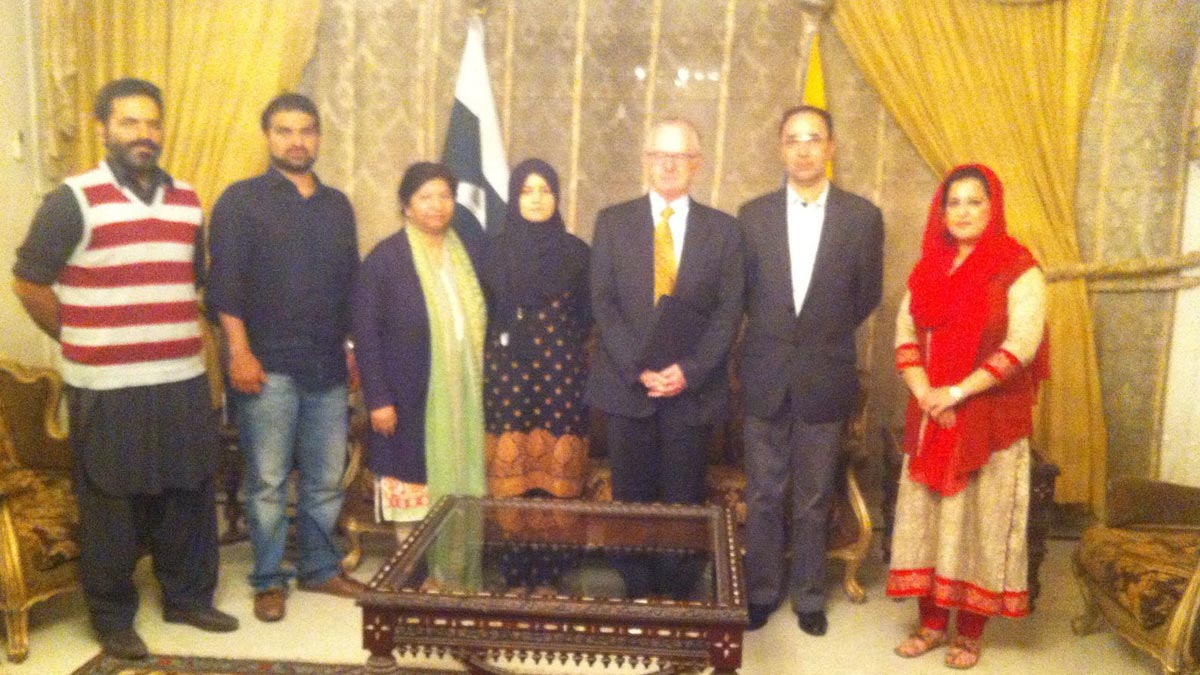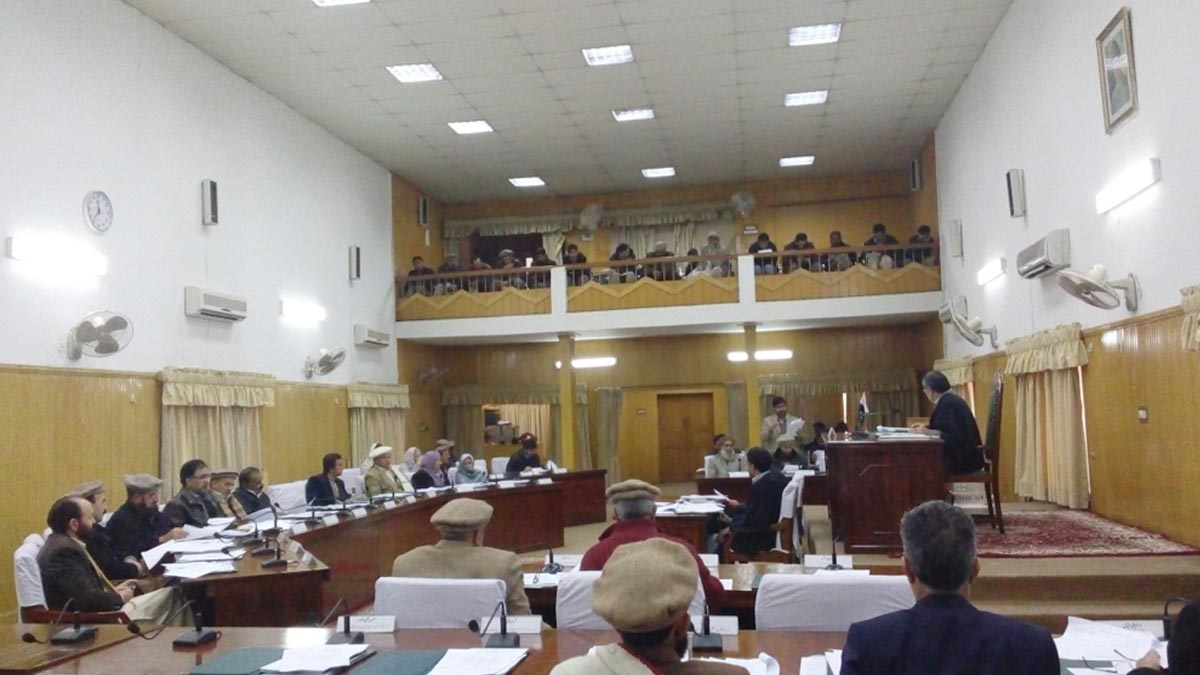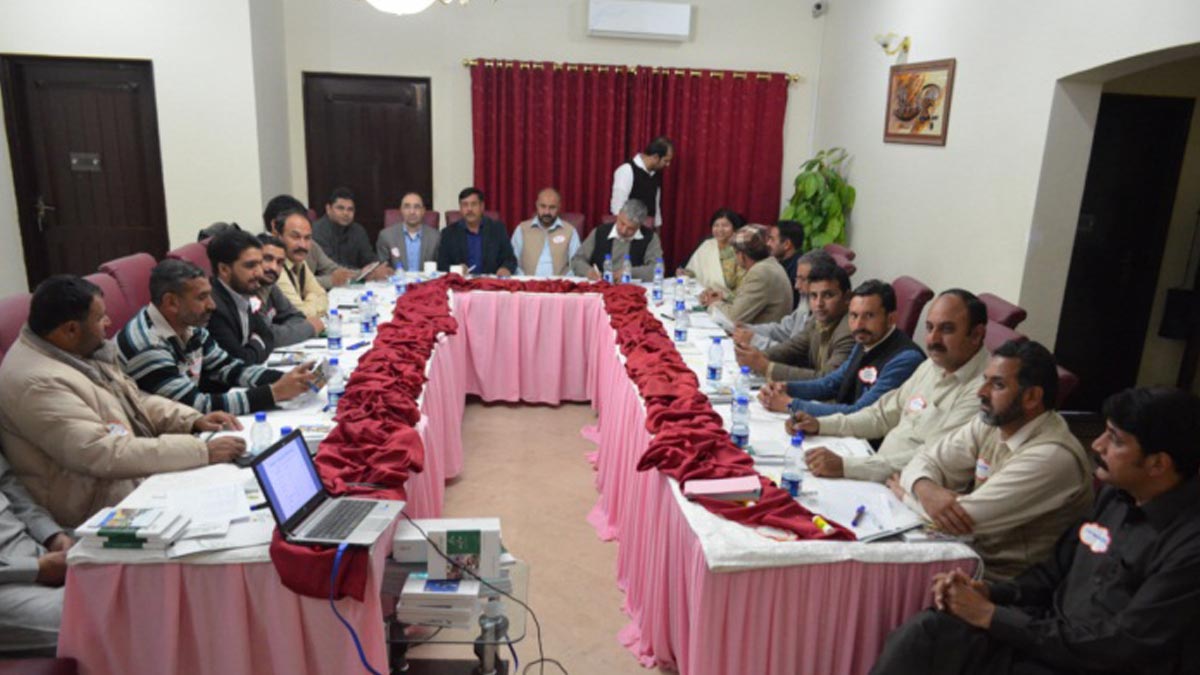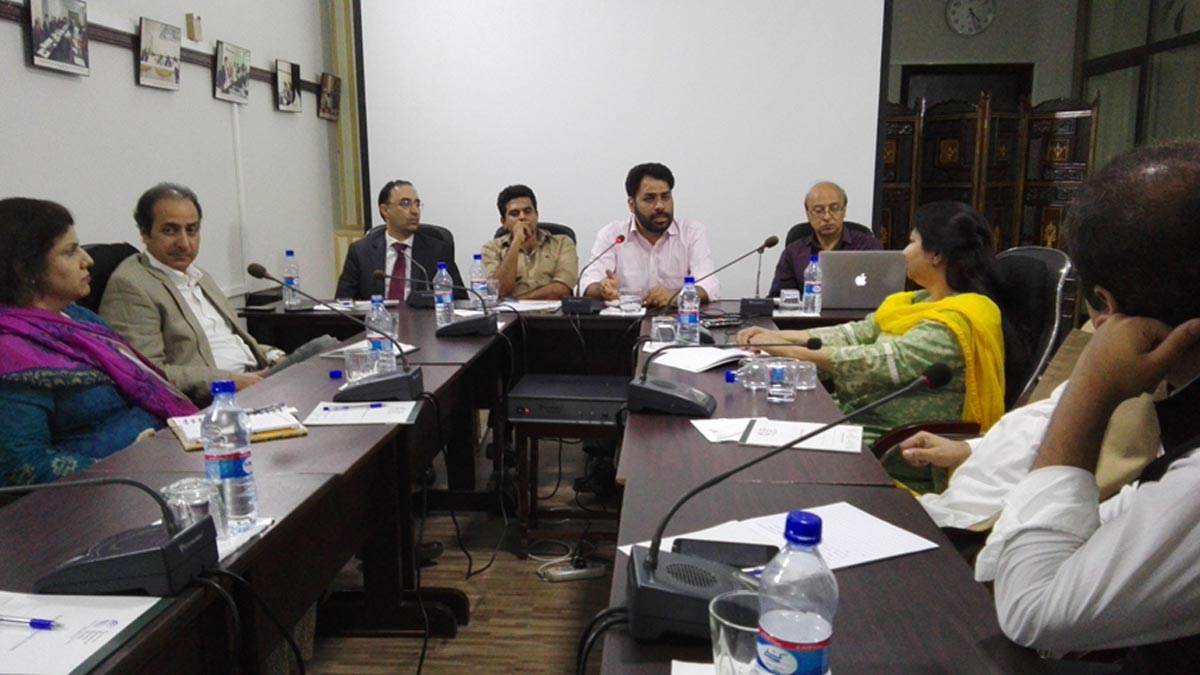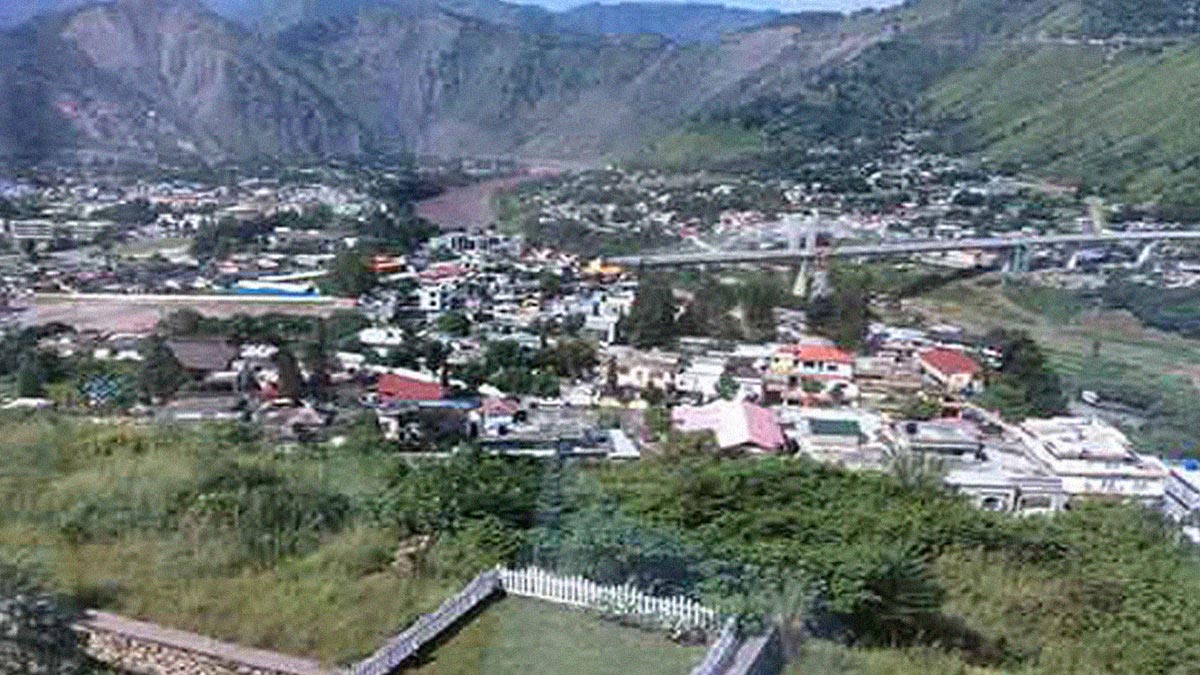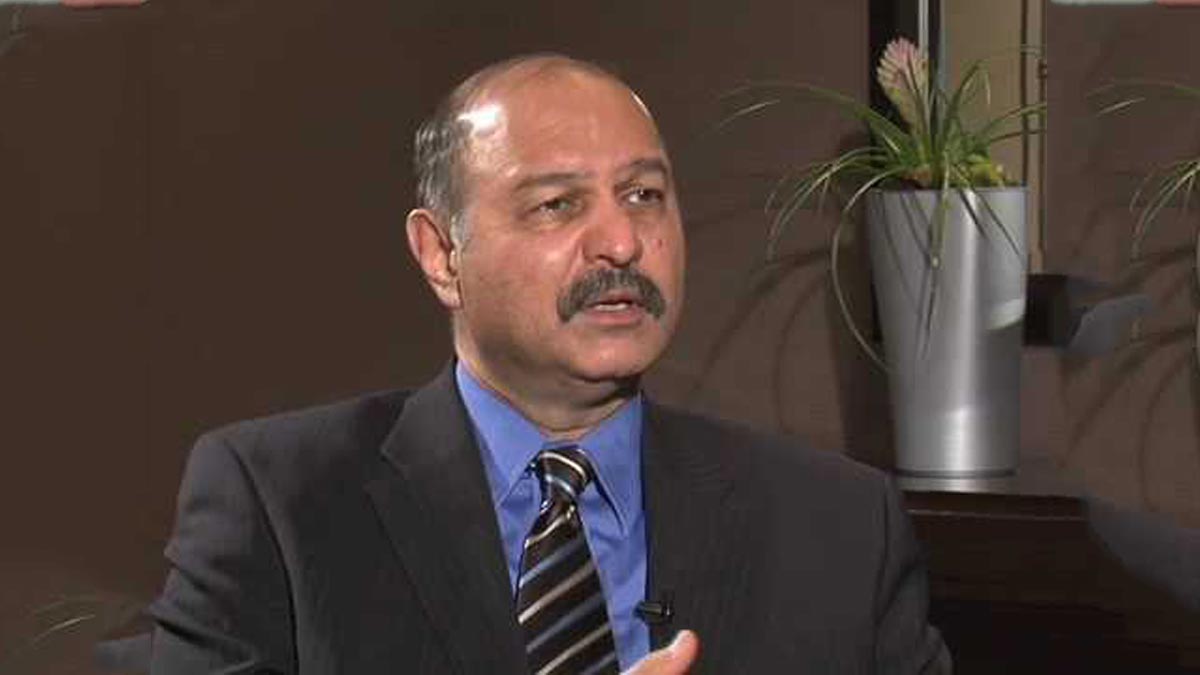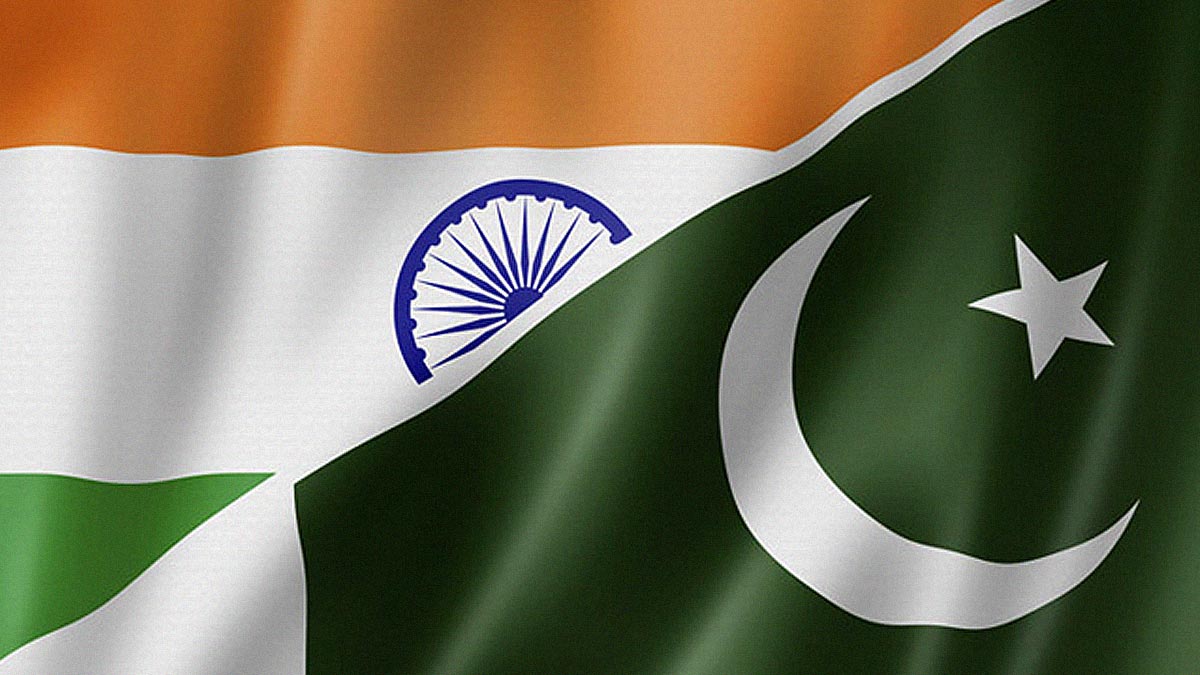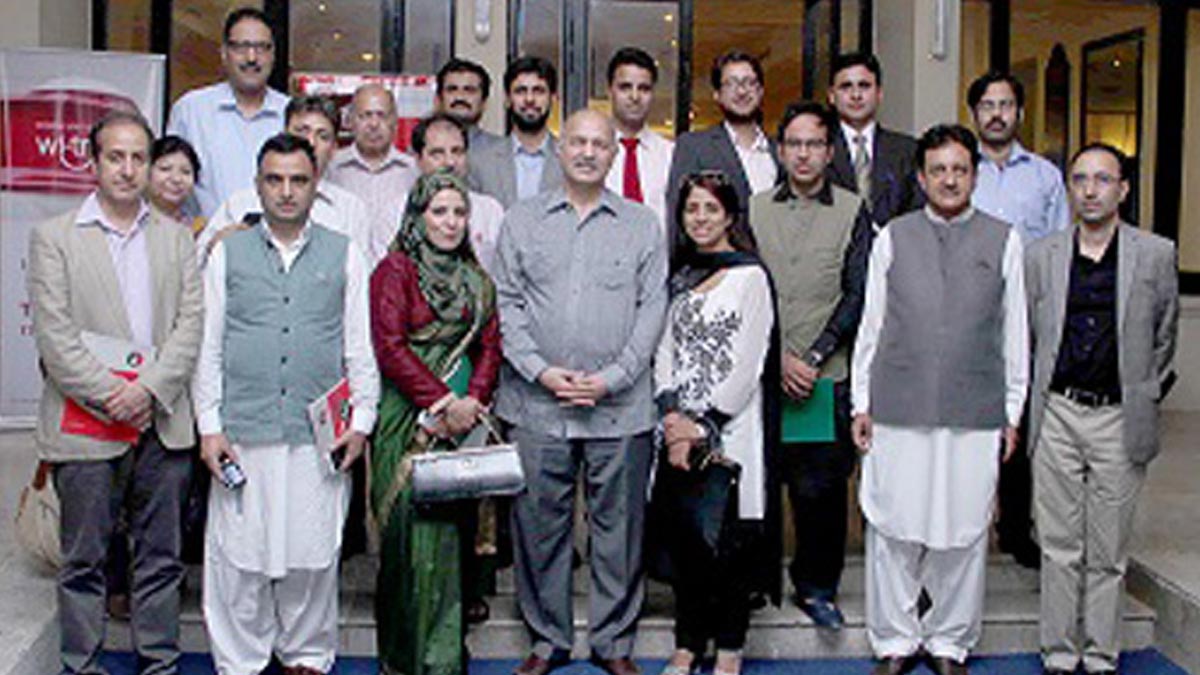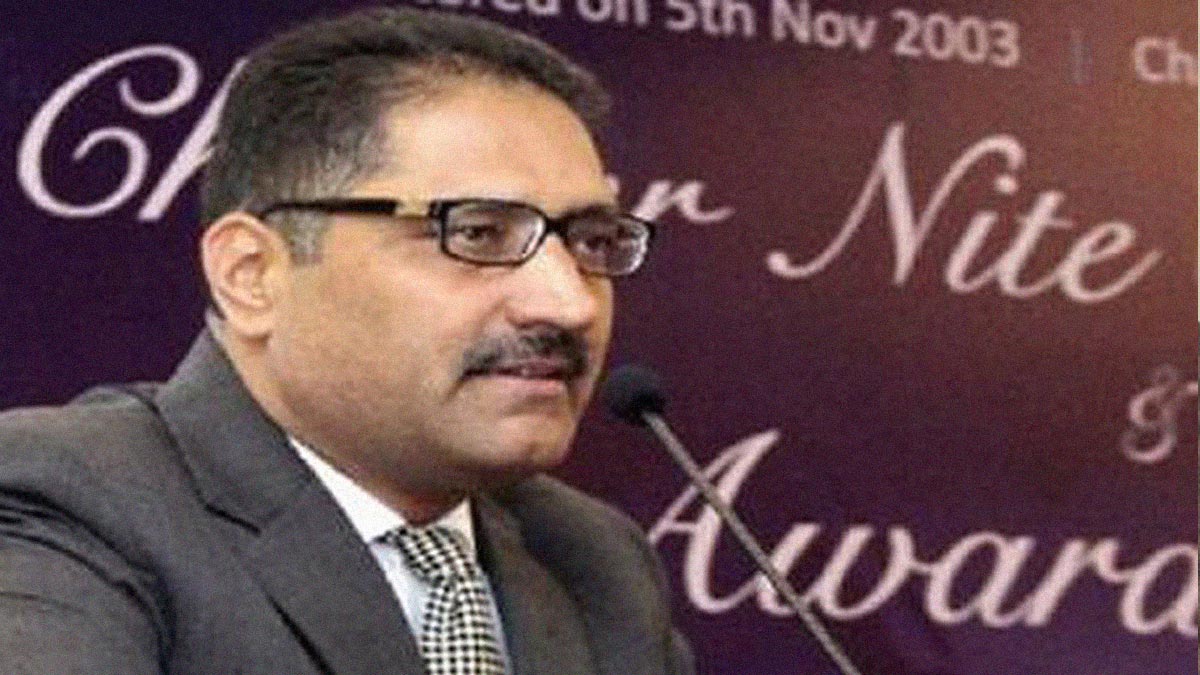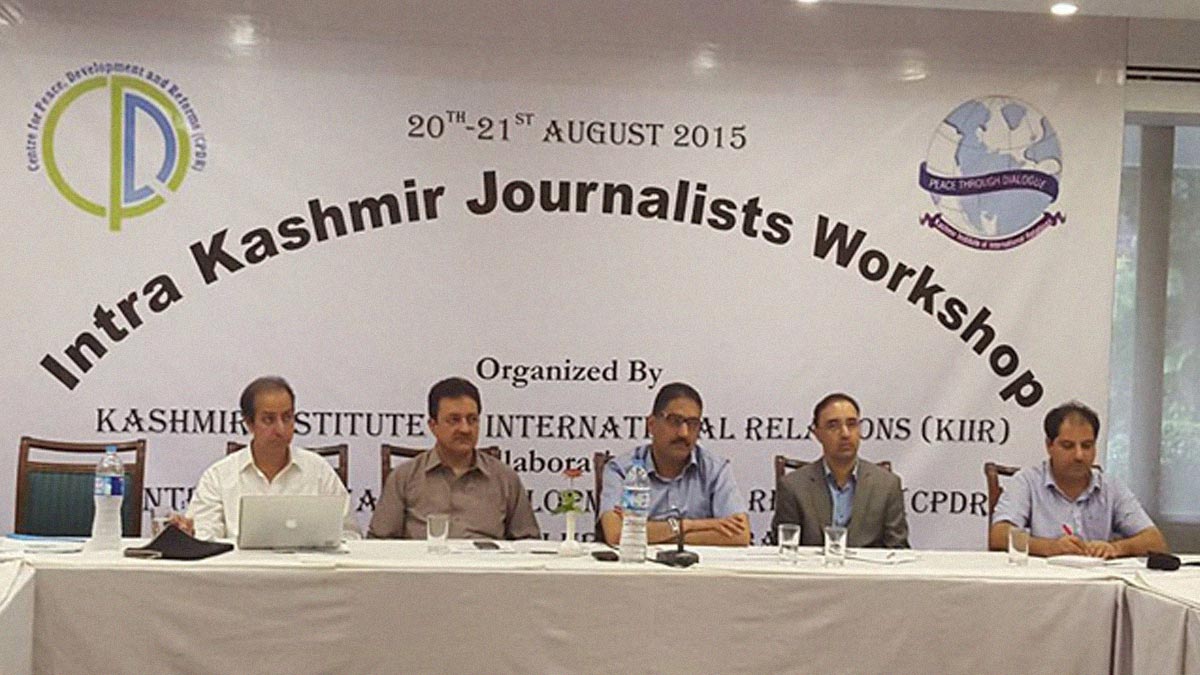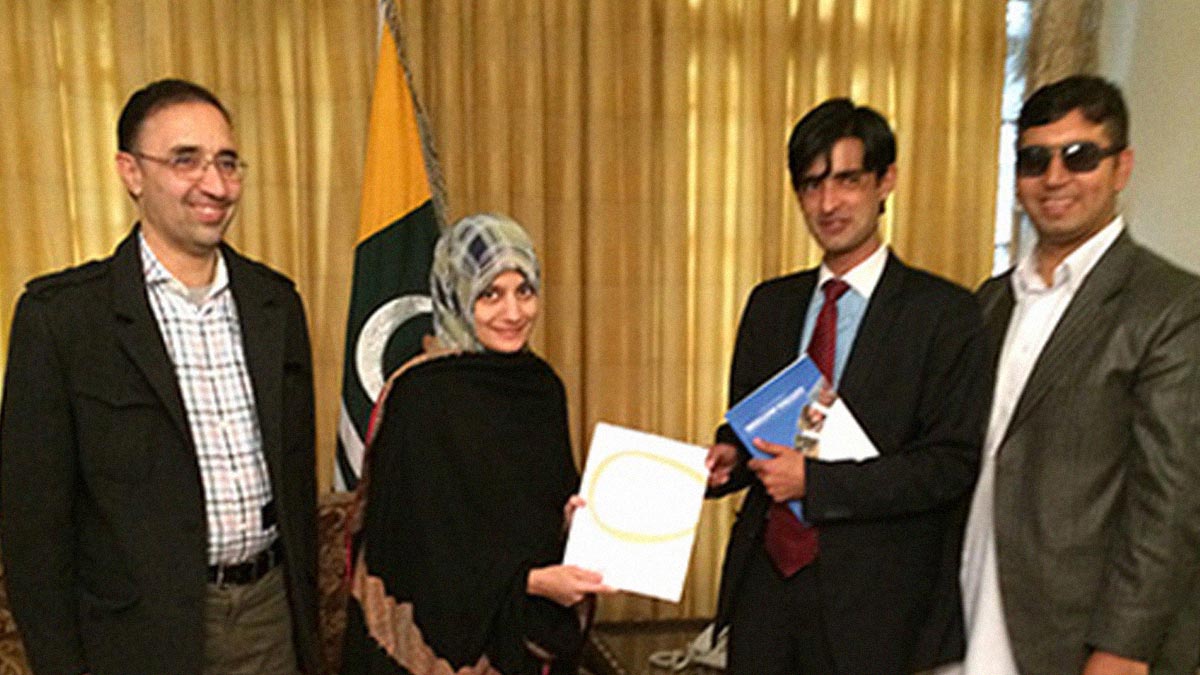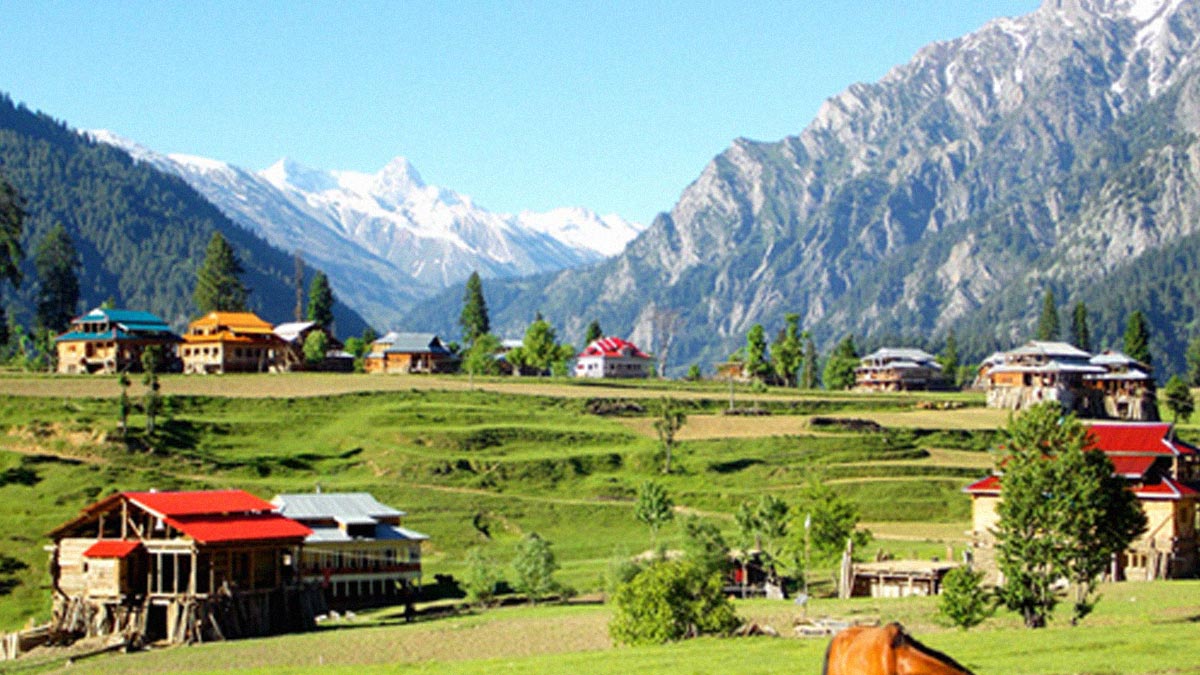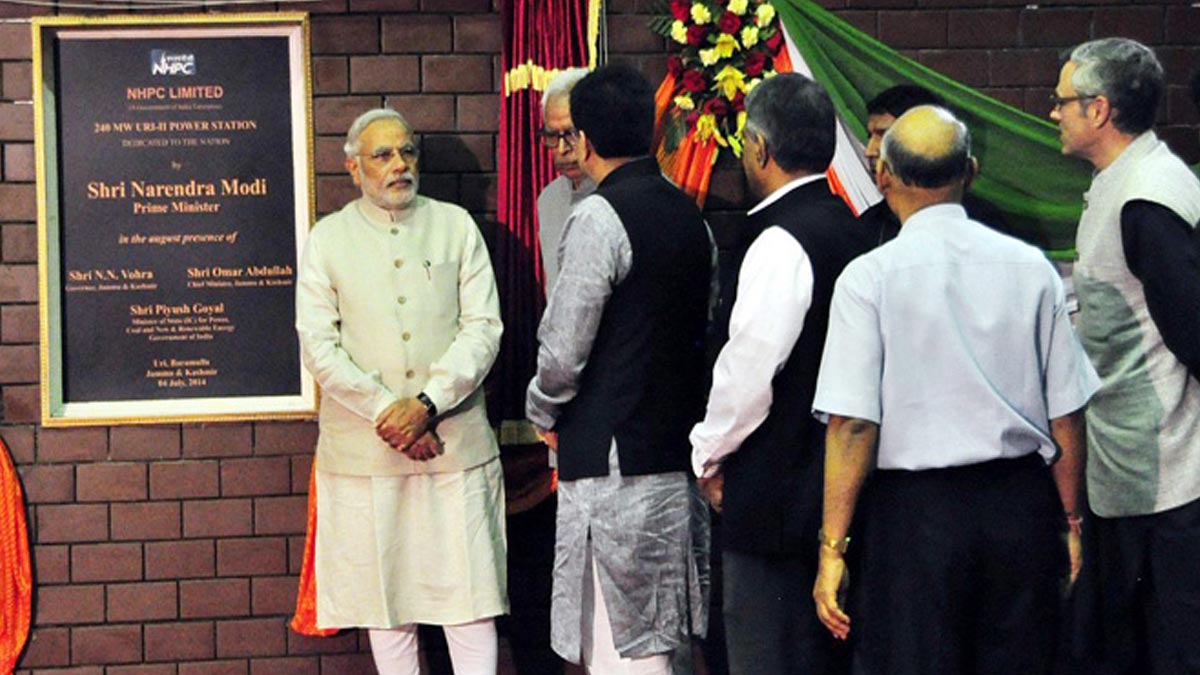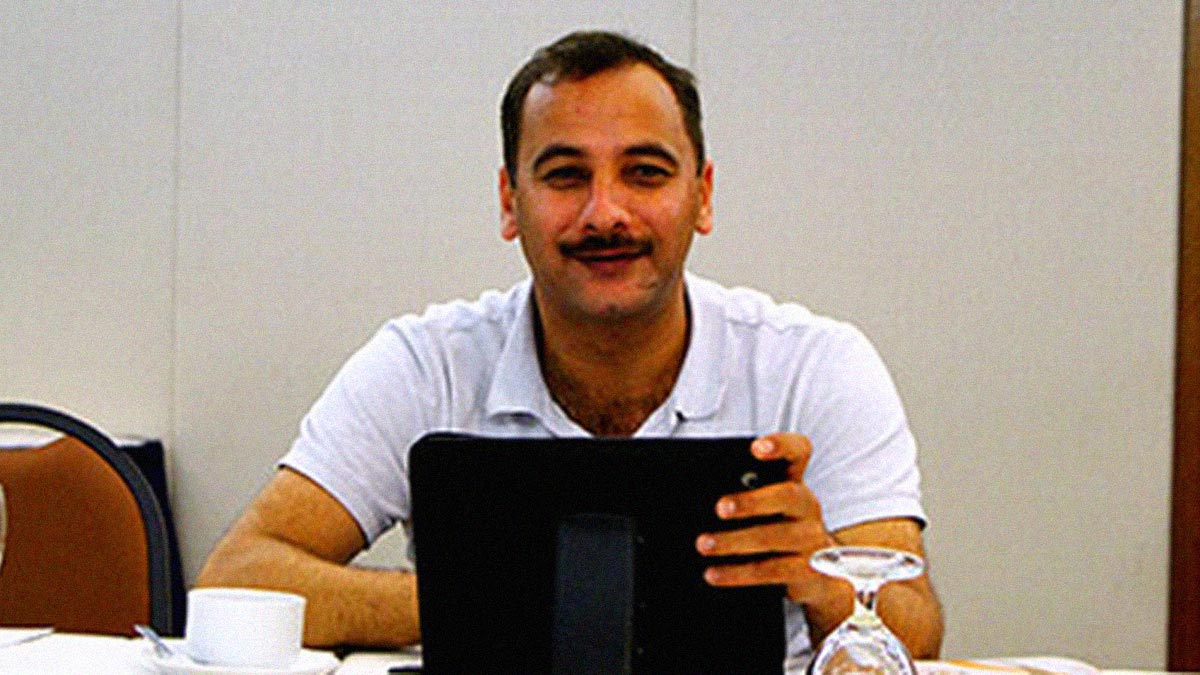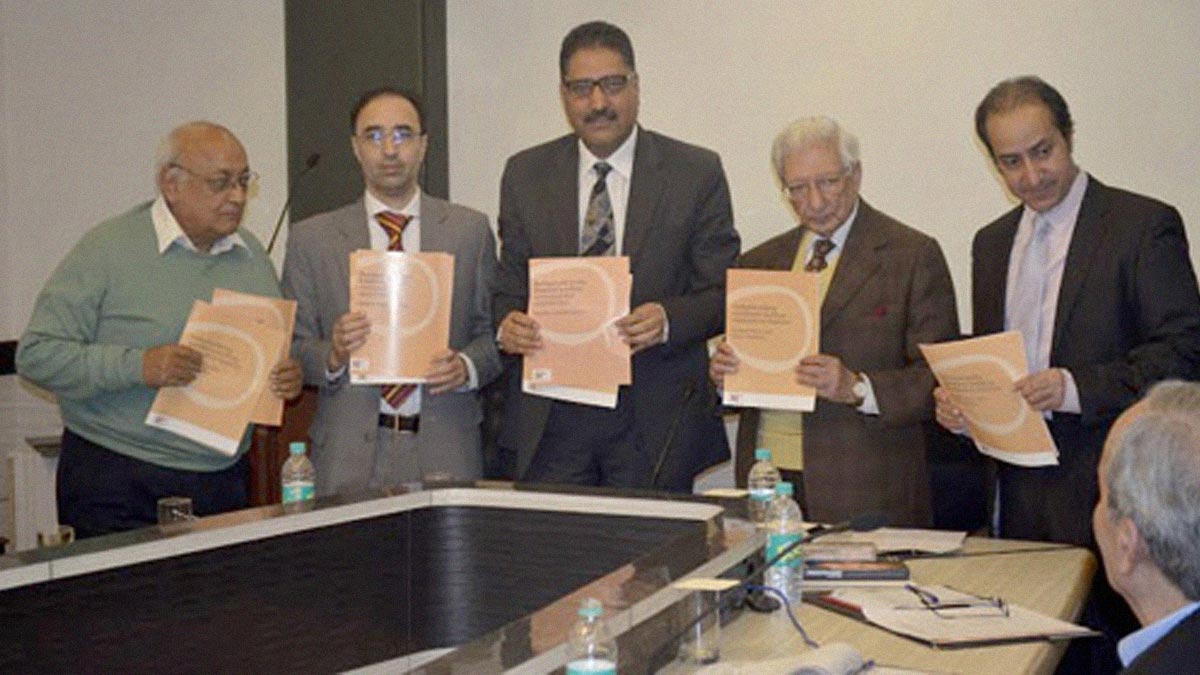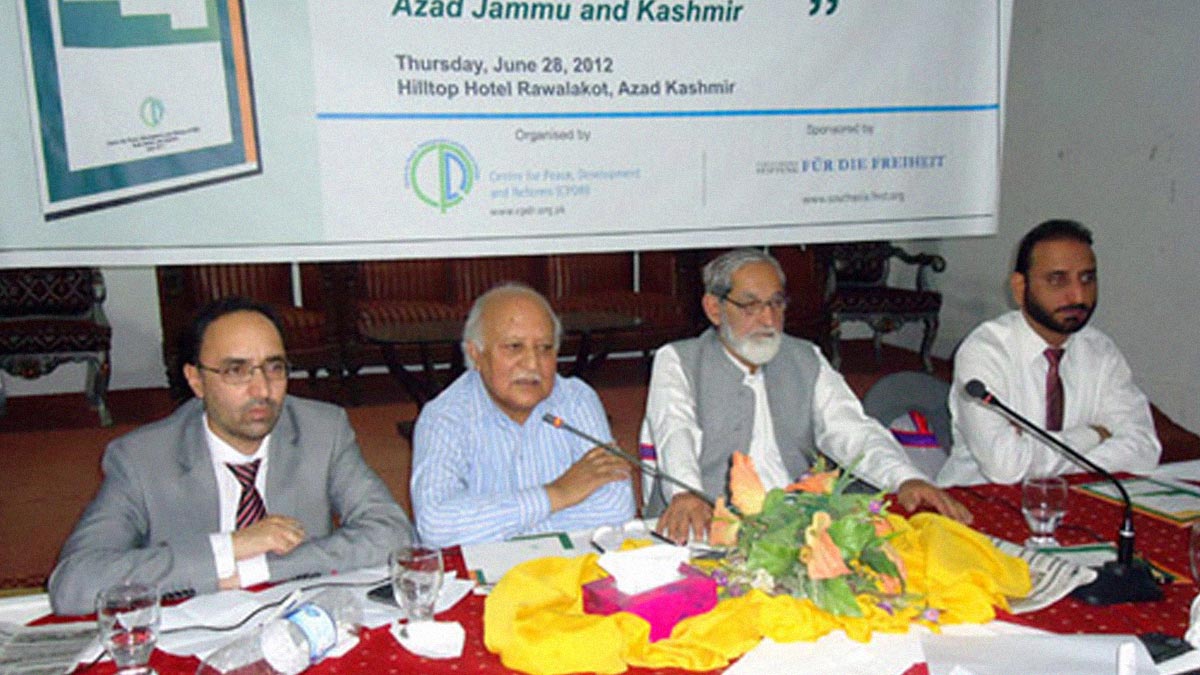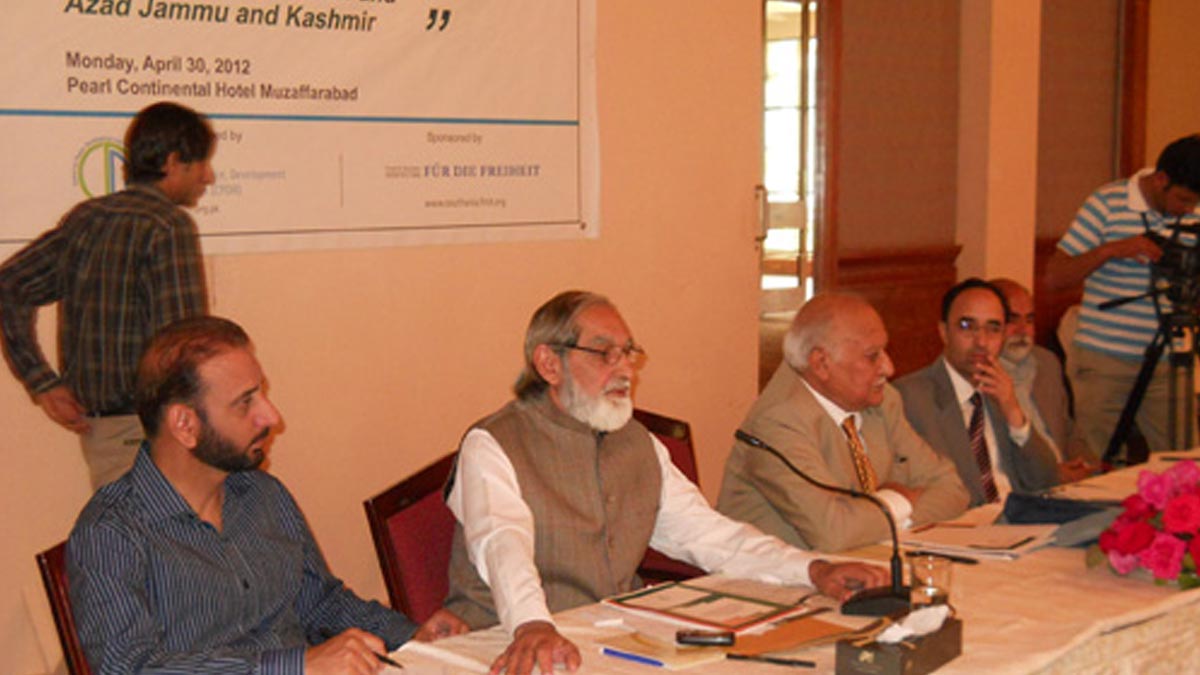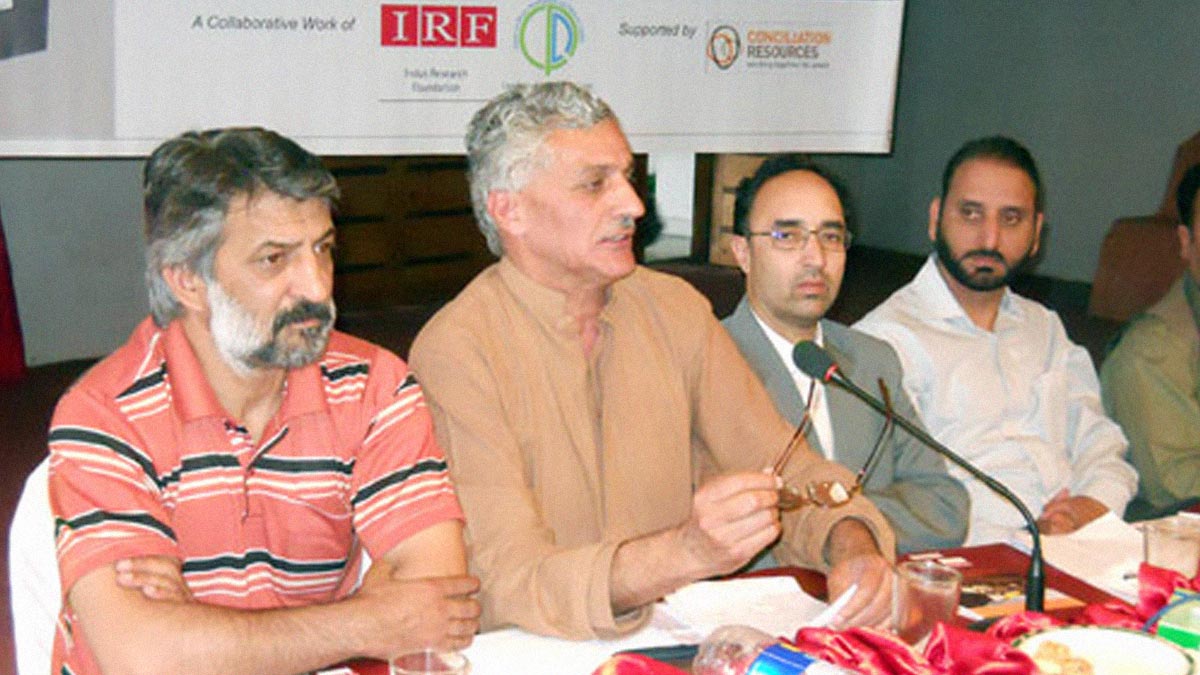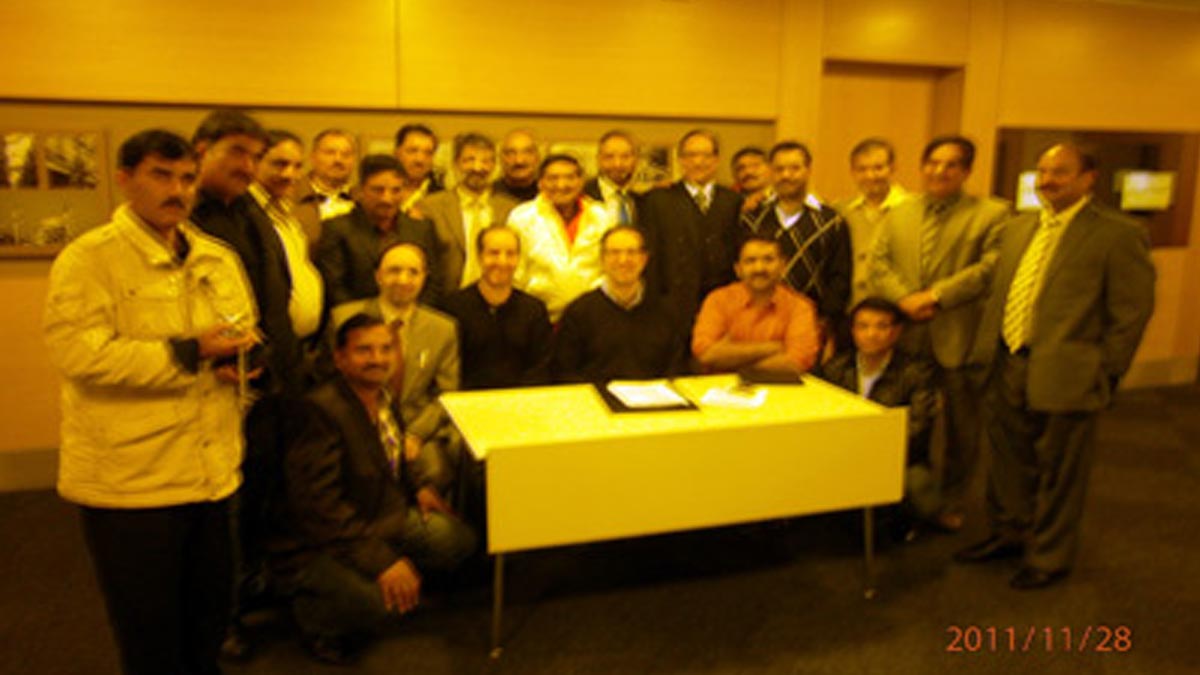- June 21, 2017
- @admin
- 0
- 21st June 2017
- Ershad Mahmud
All accounts originating from Indian Occupied Kashmir have confirmed that the angry Kashmiri youth is significantly slipping towards violence. Fear of detention and harassment and the various cases of police abuse have become pointless to them. Even female students pitched themselves into protests in recent weeks.
It is reported that the 13-time military operation was halted due to the resistance of the population despite Indian Army Chief General Bipin Rawat’s warning that anybody who creates hurdle in their operations will be treated as a terrorist. Kashmir-watchers noted that the public support for militancy has largely revived after a decade or so. Violence has swept across the region and southern Kashmir is mainly considered to be a hub of agitation and resistance.
The Hurriyat Conference – a multi-party conglomerate of pro-Azadi parties – primarily leads the agitation and is considered to be a representative of the resistance forces as a political umbrella. But New Delhi refused to engage with it to find a peaceful settlement to the issue. Consequently, moderate elements within the Hurriyat have been marginalised. In addition, its control over the embattled outfits is gradually shrinking and more radical elements are assuming central-stage.
The absence of disengagement seems to be empowering radical elements. Religion is becoming a part of the dominating discourse in the Kashmir Valley and is slowly replacing the political connotations of the Kashmir conflict. Zakir Musa, a former Hizbul Mujahideen commander, has claimed that the struggle for Azadi without Islam is meaningless. His views have been widely echoed on social media – mainly through the voices of young Kashmiris. This shows that an increasing ideological shift is taking place and a new generation of resistance leaders is tilting towards extremist ideas owing to the lack of a political space for them.
The way the Kashmir crisis is being handled reflects that India’s political strategists have taken a backseat and their military has been put in the driving seat. It is widely believed that a major military operation is on the cards. Rawat has not concealed his intention to conduct a massive military operation in the days ahead to silence the resistance groups.
In New Delhi, the government and the media – especially the electronic media – not only work hand in glove, but also instigate the army and the leadership to take severe action against the dissidents. As a result, they are largely promoting disengagement. Likewise, the Indian media tends to glorify soldiers who are involved in human rights violations – such as Major Nitin Gogoi, who tied a Kashmiri to a jeep and used him as a human shield. He was eulogised as a hero and, subsequently, awarded by the army. The people of Kashmir have, therefore, been given a message that they deserve harsh treatment and hardly anyone in New Delhi has any remorse over it.
In the prevailing situation, Pakistan seems to have no incentive to play a role in stabilising Kashmir as India is caught in a catch-22 situation. Islamabad’s assessment is that any action on India’s part could further fuel the conflict and increase a sense of alienation in Kashmir. In Pakistan, a strong lobby opposes bilateral engagement with India over Kashmir and is eager to explore international avenues to highlight the Kashmir cause by exposing human rights violation.
The military leadership of Pakistan has, time and again, demonstrated its commitment to the cause and reiterated support to the people of Kashmir. During the last six months alone, Army Chief Gen Qamar Bajwa had visited Line of Control seven times – which, in itself, is unprecedented.
Although they realise that bilateralism has not brought any substantial results to address the key disputes in the region, all world capitals and international organisations – ranging Beijing to the UN – insist that both neighbours should join hands and resolve their problems. Despite this resolve, all formal or informal communications between India and Pakistan have reached the lowest ebb.
The back channel does not seem to be functional anymore. Track-II dialogues – which play a vital role in creating a conducive environment for the resumption of talks – are not taking place due to the current stalemate. With the decision to suspend flight operations from Karachi to Mumbai, people-to-people contact has been further reduced. Now, trade along the LoC has also come under scrutiny. Officials in New Delhi suspect that this route is being used to support unrest in Kashmir. Under this pretext, it might be also shut down.
In this scenario, it is time to explore fresh ideas amid the prevalent chaos in order to create a deadlock-breaking mechanism. In several places around the world, the concept of inside mediation was successfully applied which has yielded the desired results and can be applied to this region as well.
The recent reports and interventions on Kashmir, made by several prominent Indian officials, also encourage us to explore the idea of inside mediation. Former foreign minister Yashwant Sinha, ex-chairperson of the National Commission for Minorities Wajahat Habibullah, Air Vice Marshal (r) Kapil Kak, journalist Bharat Bhushan, Centre for Dialogue and Reconciliation Executive Director Sushobha Barve, Congress leader Mani Shankar Ayer and the Communist Party of India’s delegation visited Srinagar. They sympathised with the people of Kashmir and urged the government of India to find a political solution to the conflict. This stimulated the hope for betterment. It gave the impression that our region is not barren and the people have the courage to stand up for justice and support the oppressed people.
If a few stalwarts come together and form a joint platform – which could be a consortium of elders – to gauge the people of Kashmir’s perspective at first stage, it could break the existing logjam.
Slowly but steadily, these people can create an infrastructure for a formal dialogue between Kashmiri stakeholders and the leadership of the two countries to identify a common ground for the forward movement. A credible team of dialogue facilitators or advisers can be appointed who can assist the prominent groups of Indians and Pakistanis engaged in the process.
Some points should be considered. First, the growing public support for violence is a dangerous trend which can only be contained through the collaboration of India and Pakistan. Second, the next step can be the initiation of a confidential negotiation to end the armed conflict, along with a ceasefire on the LoC and a ceasefire within the Kashmir Valley. Furthermore, the phase-out of demilitarisation may also feature in the discussion.
Third, a multi-layered negotiation with all shades of opinion and particularly with the Hurriyat Conference is imperative as it is regarded as the political face of the resistance movement.
Fourth, between 2003 and 2007, some solid ideas and a framework were designed to resolve the Kashmir issue, which still provides the basis for a fresh start. Fourth, if India and Pakistan are able to resolve Kashmir, it will pave the way for the resolution of all other related issues. Consequently, the region will prosper in the next few years.
Last but not least, a political deadlock can only further aggravate the situation – which is not in the interest of 1.5 billion people of this region.
This suggestion is an initial idea that can be further built upon and new ideas can be put forward to ward off the overt or covert war in the region.
Media Links:
The News: Click Here
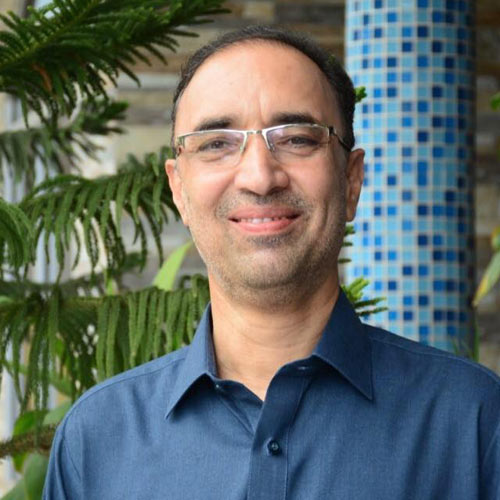
Ershad Mahmud
The writer is a freelance contributor. He can be reached at:


